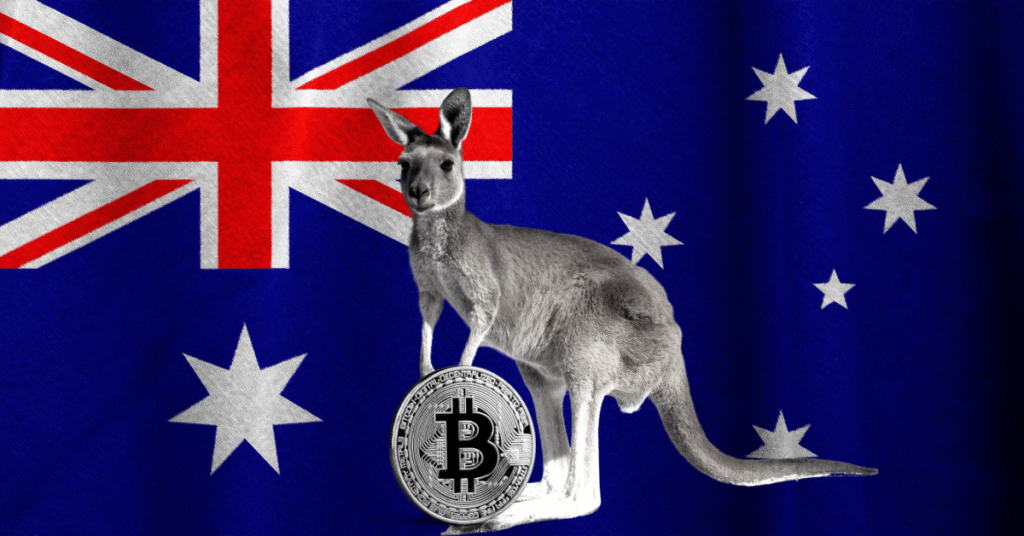
Introduction
The global crypto market is no stranger to regulatory uncertainty. From the U.S. SEC’s ongoing scrutiny of token offerings to Europe’s MiCA framework, digital asset regulations remain fragmented and often ambiguous. Now, Australia is taking a decisive step forward with its newly proposed draft legislation to bring cryptocurrency under the financial services framework. This development could reshape not only the country’s crypto industry but also influence how regulators across the globe approach digital assets.
What the Draft Bill Proposes
Australia’s draft bill introduces a clearer framework for exchanges, custodians, and token issuers, aligning crypto service providers with the same responsibilities that traditional financial institutions face.
Key aspects of the proposal include:
- Licensing Requirements for digital asset service providers.
- Custody Standards to ensure investor protection.
- Market Integrity Rules similar to those in the securities industry.
- Consumer Protection Mandates aimed at reducing fraud and scams.
By embedding crypto into the financial services regime, the government aims to increase transparency, accountability, and investor confidence.
Why This Matters for Global Crypto Regulation
Australia’s draft bill comes at a critical moment when global regulators are scrambling to find a balance between fostering innovation and protecting consumers. Unlike fragmented approaches seen in many jurisdictions, Australia’s initiative takes a holistic, service-based regulation model.
This could create a ripple effect:
- Regional Influence: Neighboring Asian markets may adopt similar frameworks.
- Global Confidence: International investors may view Australia as a safer hub for crypto activity.
- Standard Setting: It could inspire other governments to align with stricter, more uniform laws.
Impact on Investors and Exchanges
For investors, the new legislation could mean greater security and clarity when interacting with exchanges and token projects. For exchanges, it signals a shift toward professionalization, where only compliant and well-structured firms will thrive.
This move could ultimately weed out bad actors while boosting legitimate players in the ecosystem.
For example, platforms like Shelbit Exchange already prioritize security, transparency, and innovation values that align with Australia’s draft regulatory goals. If adopted globally, exchanges with strong compliance cultures will have a competitive edge.
Could This Spark Broader Global Adoption?
As the crypto market matures, comprehensive frameworks like this may become the norm. With governments increasingly recognizing crypto’s economic impact, the question is no longer “Should we regulate?” but “How should we regulate?”
Australia’s approach could serve as a blueprint for balancing innovation with investor protection, influencing regulatory conversations from the U.S. to emerging markets.
Conclusion
Australia’s draft bill to bring crypto under its financial services framework could mark a turning point in digital asset regulation. By setting higher standards for exchanges, custodians, and issuers, the legislation could pave the way for a safer and more transparent crypto ecosystem worldwide.
Exchanges like Shelbit Exchange are already ahead of the curve, championing compliance, security, and user protection values that resonate deeply in a regulated future.
The big question remains: Will other nations follow Australia’s lead and finally bring order to the chaotic world of crypto regulation?



